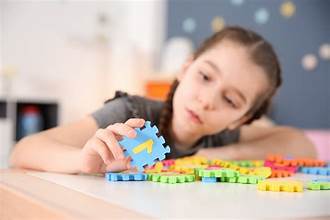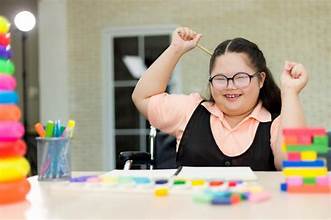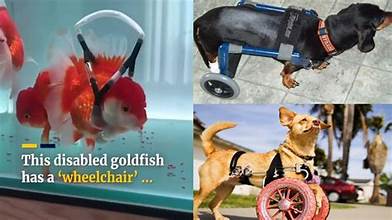Understanding the unique signs of autism in girls is crucial. While Autism Spectrum Disorder (ASD) has historically been diagnosed more frequently in boys, research shows that girls on the spectrum often present differently. These differences can make diagnosis more challenging, as girls may “mask” symptoms or exhibit traits that are less obvious. However, with a deeper understanding of these signs, parents, teachers, and healthcare professionals can provide the necessary support to girls who might otherwise be overlooked, leading to early recognition and tailored interventions.
Social Differences in Girls with Autism
Girls often develop stronger social imitation skills than boys, which can hide social challenges:
- Better at mimicking peers’ social behaviors, even if they don’t fully understand them
- May have a few close friends instead of large social groups
- Difficulty interpreting social hierarchies or unspoken rules
- Prefers structured social interactions over spontaneous play.
- May appear shy or withdrawn, masking social anxiety
Communication Patterns
While girls with autism may be highly verbal, their communication style can differ:

- Strong vocabulary, but challenges with conversational reciprocity
- Tendency to use social scripts or learned phrases
- Difficulty expressing feelings or understanding subtle emotions
- May overcompensate to appear socially competent
Behavioral Differences
Girls with autism often have intense interests that appear more socially acceptable:
- Fascination with animals, books, dolls, or fashion
- Deep focus on hobbies or creative pursuits
- Less overt repetitive movements compared to boys
- May develop routines and rituals to manage anxiety
Sensory and Emotional Sensitivities
Girls on the spectrum may experience heightened emotional responses or sensory sensitivities:

- Overwhelm in noisy, crowded, or chaotic environments
- Strong reactions to textures, sounds, or lights
- High sensitivity to criticism or social rejection
- Internalized stress rather than visible meltdowns
Why Girls Are Often Underdiagnosed
- Masking and social imitation can hide classic autism signs.s
- Symptoms may be mistaken for anxiety, depression, or ADHD.
- Less noticeable repetitive behaviors or restricted interests
- Clinicians may rely on male-centric diagnostic criteria.
When to Seek Evaluation
If a girl exhibits multiple traits associated with autism, a professional evaluation can provide clarity:
- Developmental pediatrician, child psychologist, or neuropsychologist
- Autism assessment centers that consider gender differences.s
- School-based evaluations for educational support
Early recognition allows for interventions tailored to girls’ unique social, emotional, and learning needs.
Final Thoughts
Autism in girls often goes unrecognized, but with awareness of gender-specific signs, we can make a critical difference. With proper understanding and support, girls on the spectrum can thrive socially, academically, and emotionally. Their unique perspectives and strengths can enrich our communities, and it’s our responsibility to ensure they have the opportunities they deserve.
💡 Next in the series: When to Seek Professional Evaluation for Autism
💡 Return to the main guide: What Are the Signs and Symptoms of Autism?




